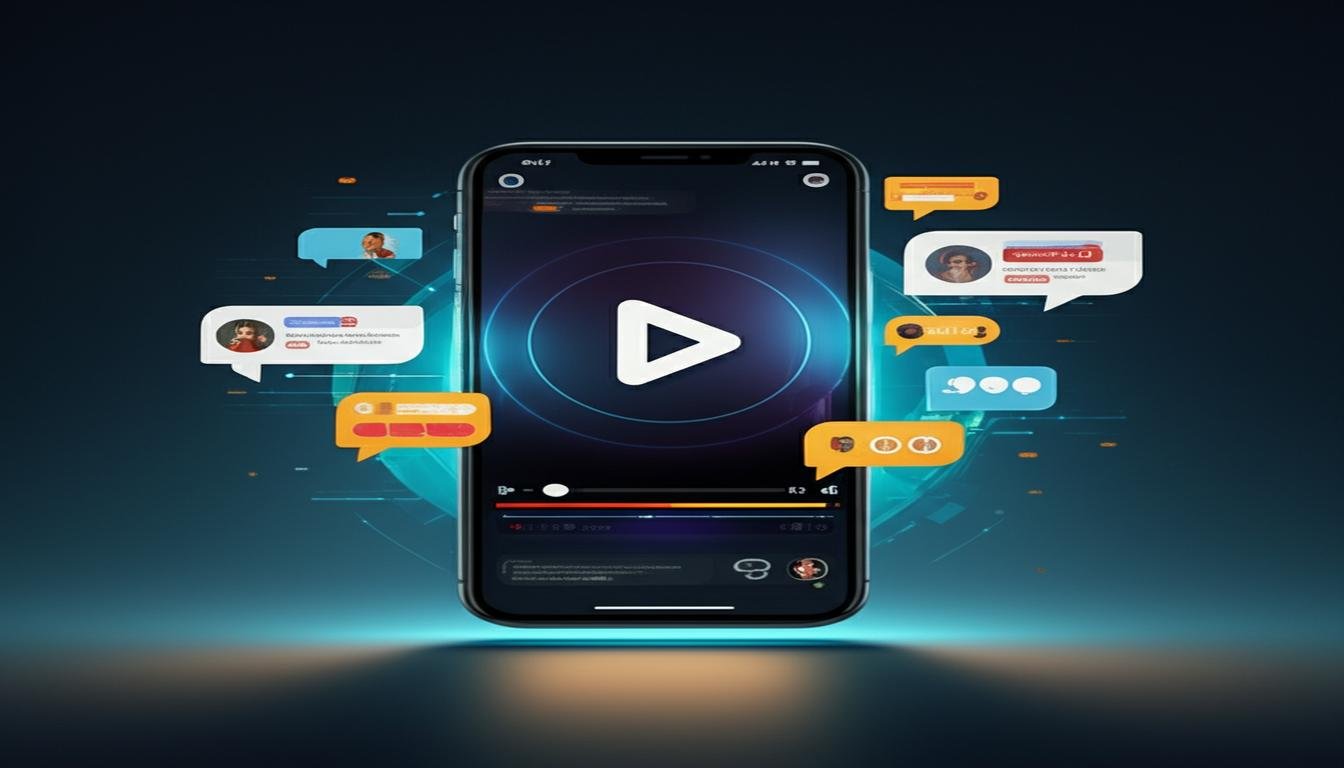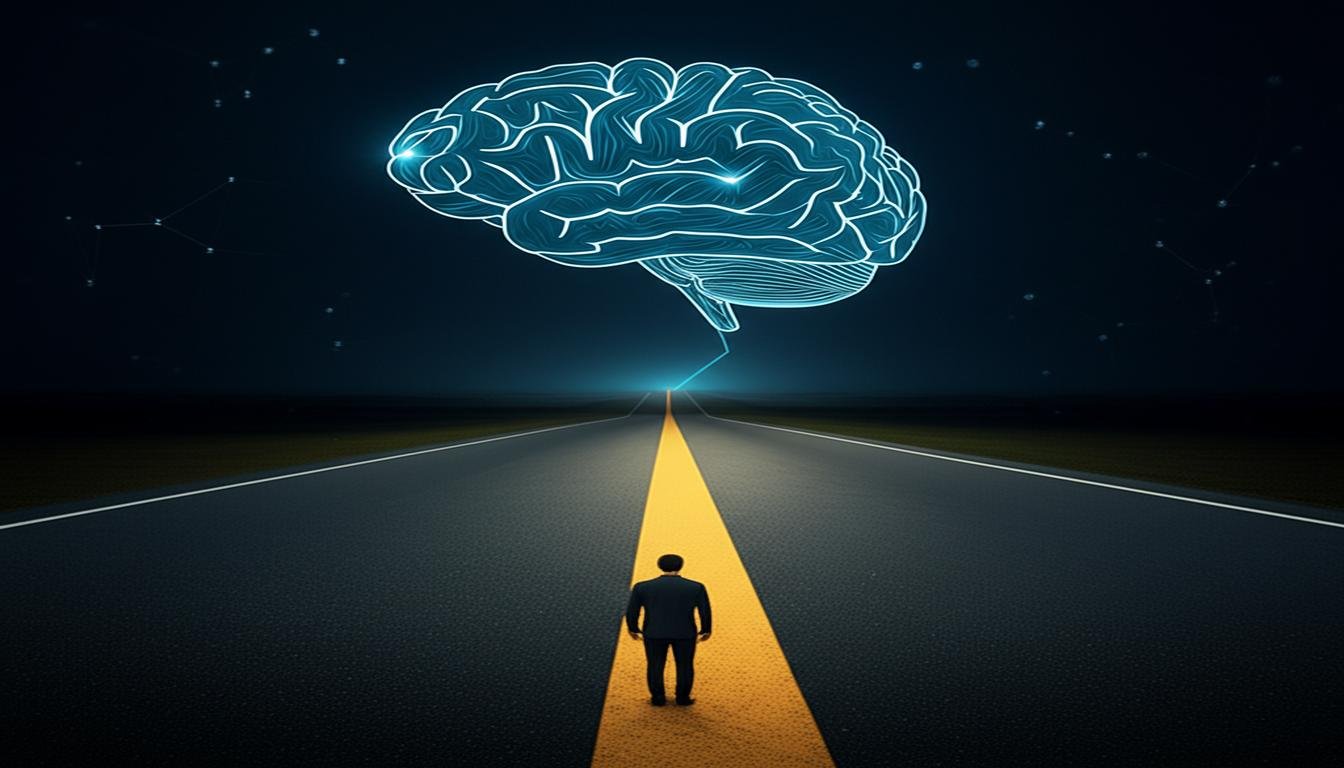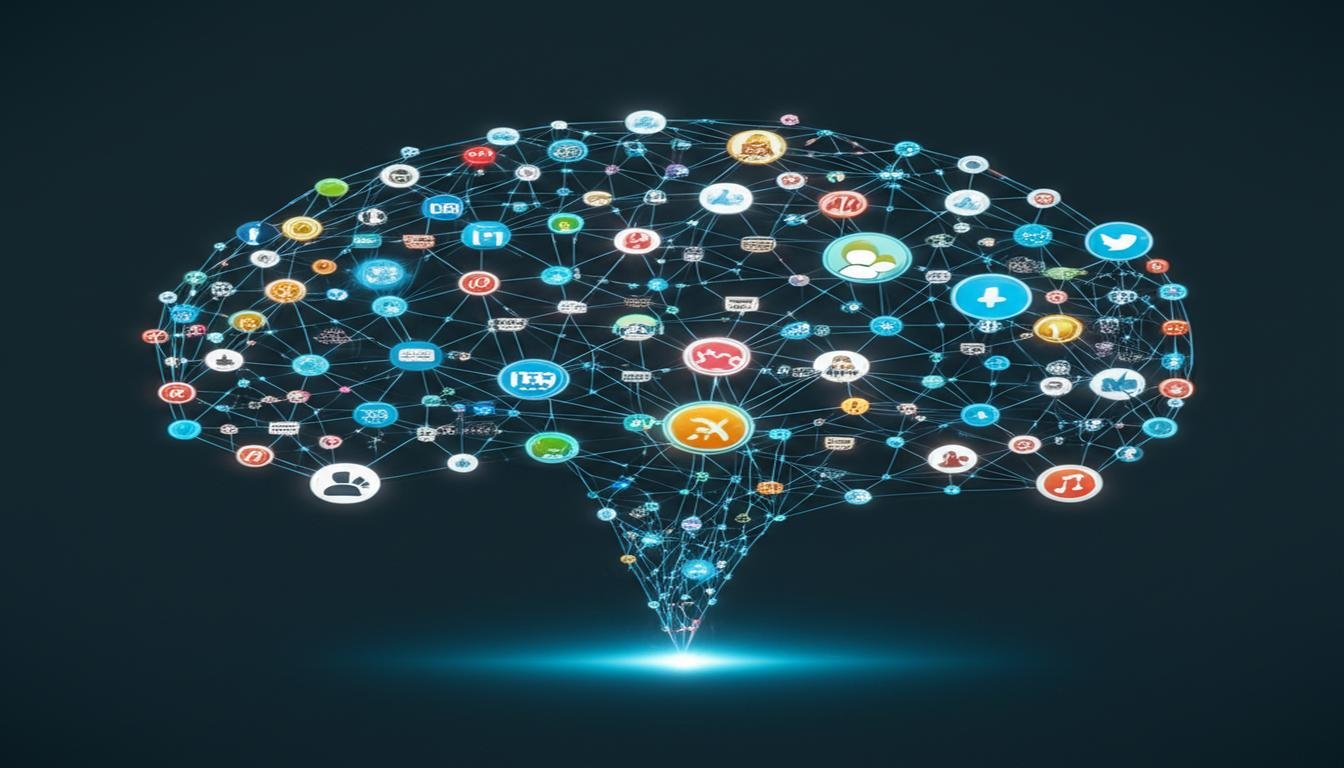Ever caught yourself mindlessly scrolling through Instagram or refreshing Twitter, just… because? We’ve all been there. Social media platforms are designed to hook us, offering endless streams of content and tiny hits of dopamine. But what if I told you there’s a new digital player on the scene that’s proving to be even more captivating, more helpful, and frankly, more addictive than our beloved social feeds?
Enter the latest generation of AI assistants. These aren’t your grandma’s Siri. We’re talking about sophisticated personal AI tools that can brainstorm, write, code, plan, and even tutor you in real-time. And people are finding them incredibly hard to put down. It’s a whole new level of online engagement.
What Makes This New AI So Irresistible?
Unlike social media, which often offers passive entertainment, a modern AI assistant provides active utility. It’s not just showing you what your friends are up to; it’s helping you *do* things. Imagine this:
- You’re stuck on a work project, and your AI companion immediately suggests creative solutions and helps outline your next steps.
- You want to learn a new skill, and it crafts a personalized learning plan, complete with resources and practice exercises.
- You need to plan a family vacation, and within minutes, it has itineraries, booking links, and budget breakdowns.
This instant gratification, coupled with genuine usefulness, creates a powerful loop of positive reinforcement. Every interaction makes your life a little easier, a little more efficient. It’s a productivity tool on steroids, and that feeling of accomplishment is seriously alluring.
The Psychology Behind the Pull
Our brains are wired for efficiency and reward. When an AI assistant consistently delivers solutions and saves us time, it triggers those feel-good chemicals. It’s a continuous, personalized stream of “wins” that social media rarely offers with the same consistency. Social media can make you feel inadequate; a good AI assistant makes you feel empowered.
More Than Just a Tool: A Digital Companion
The relationship we form with these advanced AI tools is evolving beyond simple utility. They learn our preferences, anticipate our needs, and even mirror our communication style to some extent. It starts to feel less like talking to a machine and more like collaborating with a super-competent, always-available colleague or friend. This level of personalized interaction fosters a deep sense of reliance and comfort.
There’s no awkward small talk, no judgment, just pure, unadulterated helpfulness whenever you need it. This constant presence and reliability can easily make us reach for our AI before we even consider other resources, human or otherwise. It’s a powerful digital habit in the making.
Why It Outpaces Social Media in Engagement
Think about it. While social media can be a time sink, often leaving us feeling drained or anxious, the new AI assistants typically leave us feeling productive and accomplished. This fundamental difference in outcome is key to their higher addictive potential:
- Utility vs. Entertainment: AI solves problems; social media offers fleeting distractions.
- Empowerment vs. Comparison: AI makes you feel smarter and more capable; social media often fosters comparison and FOMO.
- Consistent Positive Feedback: AI always has an answer or a suggestion; social media’s rewards are unpredictable.
This isn’t to say social media isn’t still incredibly pervasive, but the unique blend of power and personalized interaction offered by these new AI tools presents a new challenge for our digital well-being.
Recognizing the Signs of AI Over-Reliance
So, how do you know if your relationship with your AI assistant is becoming less healthy? Look for these signs:
- You find yourself reaching for it constantly, even for simple tasks you could easily do yourself.
- You feel a sense of unease or reduced productivity when you can’t access it.
- You’re spending significantly more time interacting with your AI than with real people or on other hobbies.
- You’re offloading critical thinking or problem-solving entirely to the AI, rather than using it as a starting point.
Finding a Healthy Balance: Tips for Mindful AI Use
The goal isn’t to demonize these incredible tools. They have immense potential to enhance our lives. The key is mindful usage. Here’s how to maintain control over your digital habits:
- Set Boundaries: Designate “AI-free” times or tasks. For instance, decide you won’t use it for personal brainstorming sessions or during family meals.
- Question Your Need: Before prompting, ask yourself, “Can I figure this out on my own first? What’s the fastest way to get this done, with or without AI?”
- Use It as a Springboard: Let AI help you get started, but then take over. Don’t let it do all the heavy lifting for tasks that build your own skills.
- Prioritize Human Connection: Schedule time for in-person interactions, hobbies, and activities that don’t involve a screen.
- Digital Detox Moments: Periodically take a break from all digital tools, including your AI assistant, to reset and appreciate the world around you.
Embrace the Power, Manage the Pull
There’s no doubt that the new AI assistant is a game-changer, offering unparalleled utility and convenience. Its ability to learn, assist, and even ‘understand’ us makes it a powerful, and yes, incredibly addictive, digital companion. As these advanced AI tools become more integrated into our daily lives, it’s crucial to be aware of their pull and proactively manage our interaction with them. Let’s harness their power to enhance our lives, without letting them consume our focus or diminish our human experience. Your digital well-being is worth protecting.









